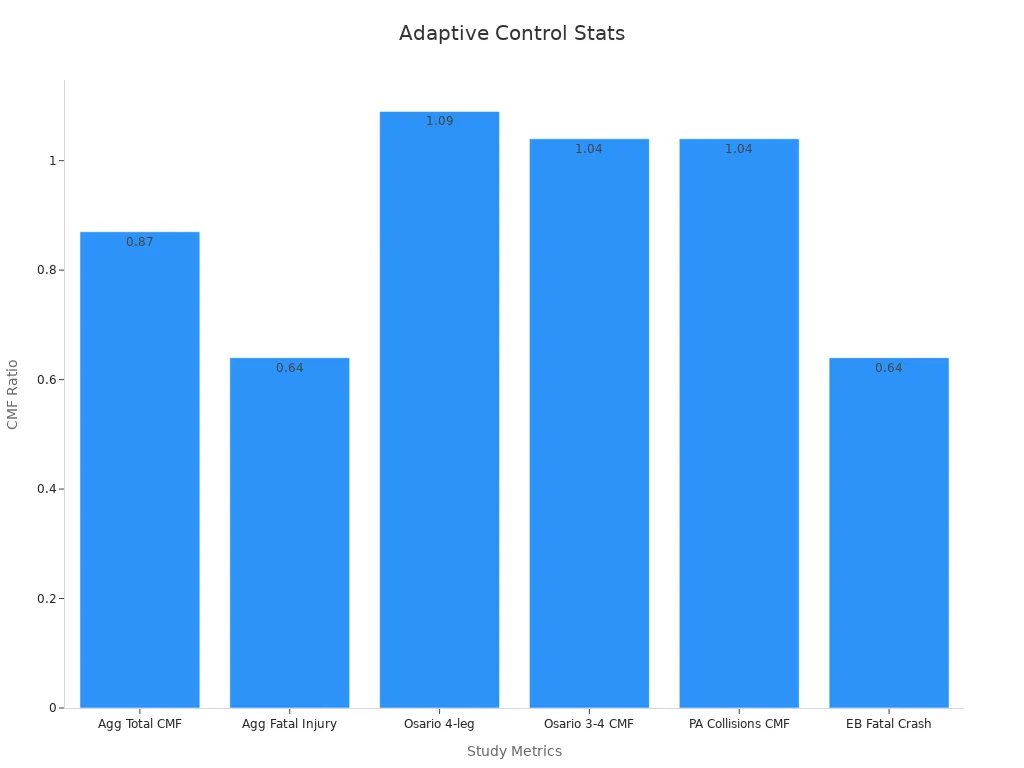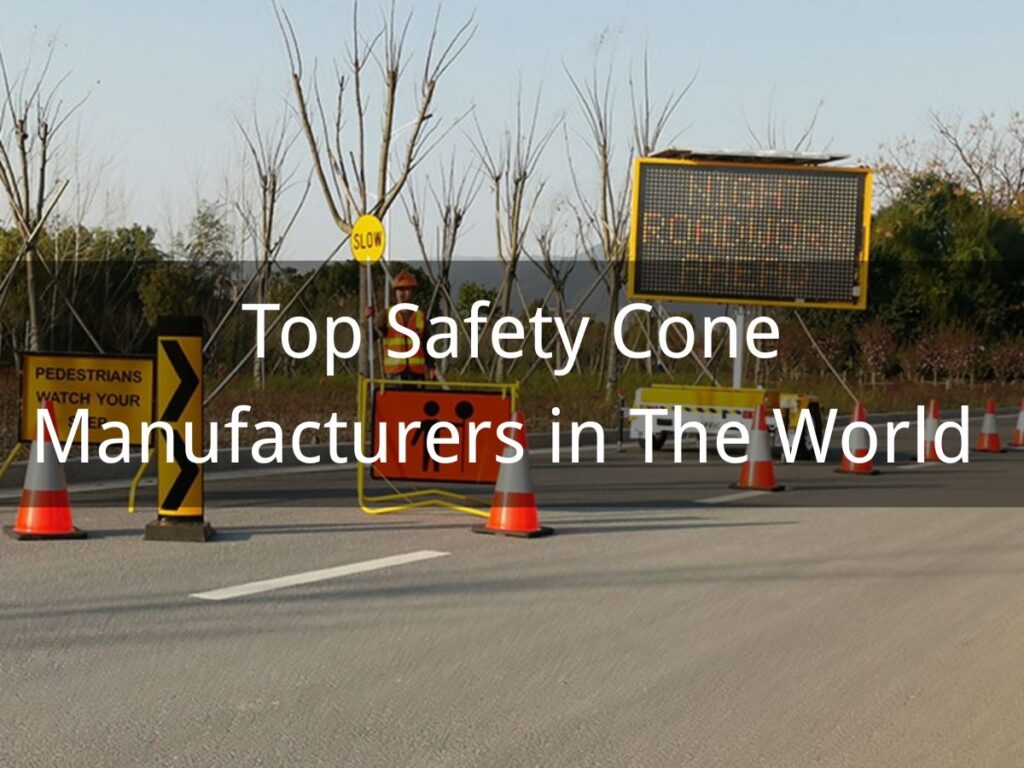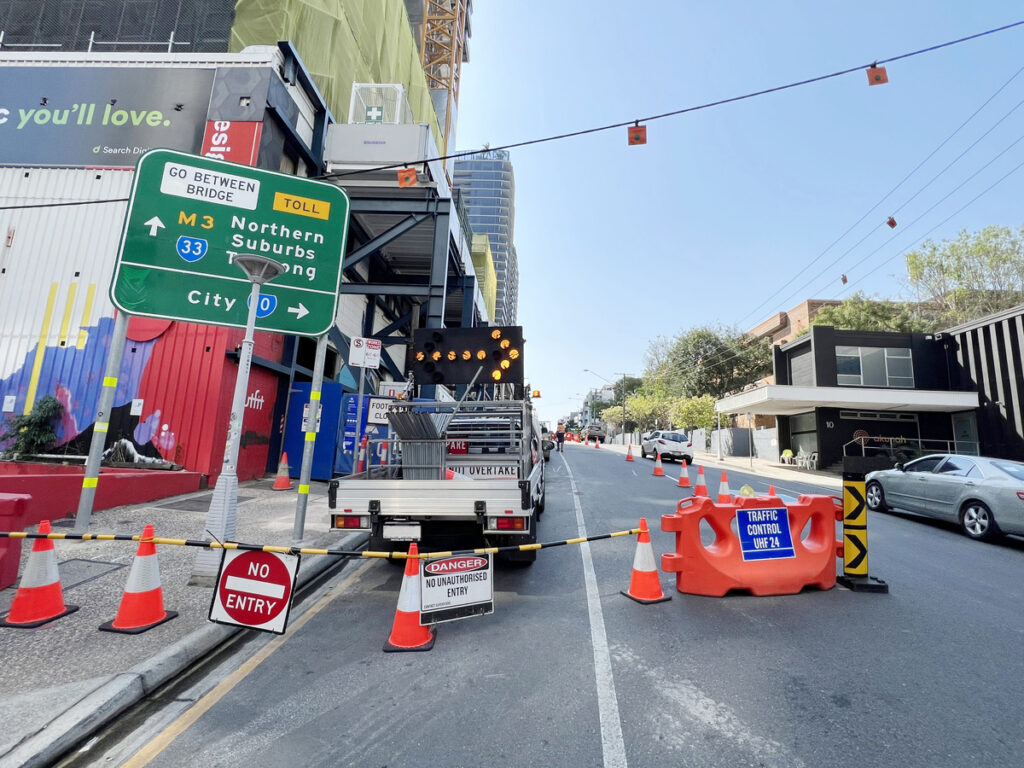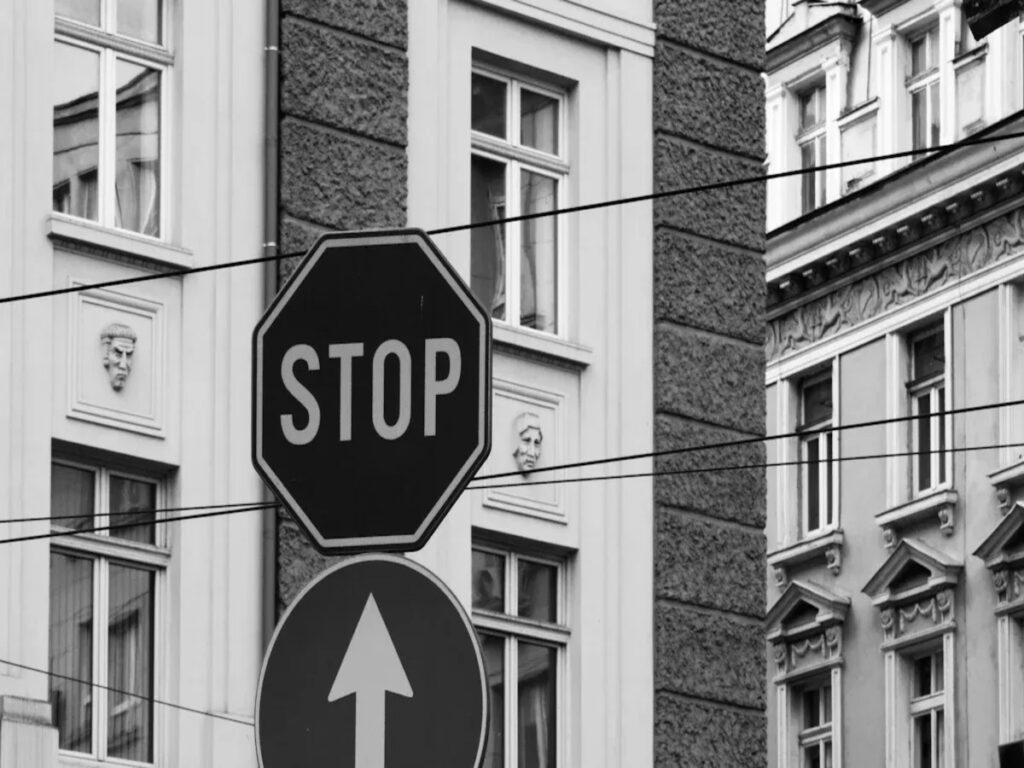
يمكنك رؤية المدن تتغير بسرعة في جميع أنحاء العالم. People travel billions of kilometers every year. New ways to get around, like e-bikes and scooters, now help with 30% of trips to public transport stops. There are more types of vehicles and more data now. This makes traffic management harder. Smart transportation and smart city solutions use sensors and AI to help traffic move better. Cities like Pittsburgh and Singapore use these tools. When you add smart traffic prisms to old infrastructure and traffic safety products, you connect old systems with new smart city technology. This helps make cities safer and work better.
OPTRAFFIC closely monitors the evolving landscape of traffic management and smart city solutions. By staying up-to-date with the latest trends and technologies, OPTRAFFIC continues to provide high-quality traffic safety products that support safer, more efficient cities, adapting to the ever-changing needs of urban environments.
الوجبات الرئيسية
- Smart traffic prisms make old traffic systems better. They add real-time data and alerts to cones and bollards. This helps make roads safer and keeps traffic moving well.
- Sensors and AI help cities act fast when accidents or jams happen. They also help when roads change. This lowers crashes and saves fuel and time.
- Adaptive traffic signals and smart prisms can lower accidents by up to 35%. They also cut pollution by managing traffic better.
- Many cities around the world use smart transportation tools. These tools make travel safer, أسرع, and cleaner for everyone.
- Regular maintenance and picking the right products keep smart traffic prisms working well. This helps them stay ready for new smart city technology.
Challenges in Traffic Management
Traditional Infrastructure Limits
There are many problems with old traffic systems. Most use sensors that do not move and signals that follow a set plan. These tools cannot change fast if there is a crash or roadwork. Both cities and country roads have these problems. فيما يلي بعض الأمثلة:
- Fixed-time traffic signals do not change with traffic. They do not work well if you do not update them.
- Centralized control works for small places but not big cities.
- Decentralized systems can cause problems at intersections. It is hard to find the best answer for everyone.
- Old systems only use a few kinds of data. They miss real-time updates from cars or people.
- These systems do not guess problems or change fast. This can cause delays and safety issues.
Modern traffic needs better data and ways to talk between systems. If you do not improve these things, you cannot keep up with fast city changes.
Need for Innovation
Cities get bigger and traffic grows every year. There are more cars, new ways to travel, and roads change often. These things make traffic harder to manage. You need smarter ways to keep roads safe and moving. New tools like AI and إنترنت الأشياء help traffic systems change in real time. على سبيل المثال, smart lights and AI cameras can see traffic jams or dangers and act fast.
There are other problems too:
- Work zone crashes hurt and kill many people each year.
- Traffic jams waste gas and make more pollution.
- City life slows down and costs go up when traffic is bad.
- Security and privacy matter more as you collect more data.
- Adding new tech to old systems needs careful planning.
You must find new ways to fix these problems. Smarter traffic systems help you handle emergencies, stop crashes, and make city life better for all.
Integrating Smart Traffic Prisms with Traffic Safety Products
Combining with Cones and Bollards
You can make roads safer by using smart traffic prisms with regular traffic safety products. When you put smart prisms on cones or bollards, these tools get new features. You can use them on busy streets, الطرق السريعة, أو في مواقع البناء. Smart prisms help collect real-time data and send alerts to drivers and workers. This means your traffic safety products do more than just block cars. They become important parts of smart transportation.
Smart prisms can connect to traffic cones and bollards in two ways. You can attach a prism to a cone at a work zone. The prism can sense when a car is too close and give a warning light or sound. في المدن, smart prisms on bollards can track traffic and help guide cars during busy times. These smart transportation tools help control traffic and keep people safe.
نصيحة: Smart traffic prisms work in many places. في المدن, they help at busy intersections. على الطرق السريعة, they warn about lane changes or accidents. في مناطق البناء, they protect workers by telling drivers to slow down.
Enhancing Visibility and Responsiveness
Smart traffic prisms make traffic safety products easier to see and smarter to use. Bright LED lights and sensors help الأقماع المرورية و bollards دافع عن كرامته, حتى في الليل أو في الطقس السيئ. This helps drivers see changes in the road and react faster. Smart prisms also let you change signals or warnings using real-time data. If a sensor finds a danger, the prism can flash a warning or send a message to cars nearby.
Studies show smart transportation tools like dynamic LED signs can lower car crashes by up to 25%. Special retroreflective paint can cut nighttime accidents by about 20%. في التقاطعات, smart sensors can find dangers 65% ل 90% من الوقت. These facts show smart traffic management works well when you use smart prisms with regular traffic safety products.
| Technology/Integration Aspect | Effectiveness Metric/Outcome |
|---|---|
| Dynamic LED signage (smart electronic road signs) | حتى 25% reduction in vehicular incidents |
| Advanced retroreflective paint technologies | تقريبًا 20% reduction in nighttime accidents |
| Sensor-based hazard detection algorithms at intersections | Detection rates between 65% و 90% for various intersection legs |
| من مركبة إلى بنية (v2i) communication with AI | Enables data-driven prioritization of safety investments in accident hotspots |
| Cooperative vehicle-highway systems (LED brake light messaging, roadside corner cubes) | Experimental results indicate potential for collision avoidance and improved safety |
Smart traffic management gives you better control over traffic flow. Smart prisms help you find dangers, سيارات إرشادية, والحفاظ على أمان الطرق. When you use these tools with your traffic safety products, you make a stronger smart transportation system for everyone.
Advancing Smart Traffic Management
Real-Time Data and Sensors
Smart transportation tools help collect real-time data from roads, المركبات, والناس. Smart traffic prisms have sensors that watch traffic and find problems fast. Real-time monitoring lets you see traffic jams, الحوادث, or roadwork as they happen. IoT and AI give you data from many places. This makes traffic management systems smarter and quicker.
Kansas City is a good example of real-time monitoring. The city uses IoT sensors and data analytics to track traffic and buses. Smart traffic management there helps cut delays and make bus service better. You can use predictive analytics to guess where traffic will slow down. This helps you act before problems get worse. Smart transportation also helps lower pollution and save fuel by keeping cars moving.
A study on an IoT-based intelligent traffic signal control system called iREDVD showed big improvements. The system used AI to change traffic lights with real-time data. It cut waiting times by up to 80% and lowered fuel use and pollution by up to 38%. This shows smart transportation and predictive analytics can make traffic management better for everyone.
Adaptive Control Systems
Adaptive control systems use real-time monitoring and predictive analytics to change traffic signals and signs when needed. These systems help keep traffic flow smooth and safe. Intelligent transportation systems learn from data and adjust to new situations. This helps stop accidents and reduce traffic jams.
Research shows intelligent traffic signal control can lower crash rates and make roads safer. على سبيل المثال, studies found a 17% drop in total crashes and a 36% drop in severe crashes after using adaptive systems. You can see more details in the table below:
| يذاكر / مصدر | متري | نتيجة | Interpretation |
|---|---|---|---|
| Ma et al. (2016) | Total crashes reduction | 17% ينقص | سلامة أفضل |
| Aggregate CMFs | Severe crashes CMF | 0.64 | 36% عدد أقل من الحوادث الشديدة |
| Empirical Bayes study | Rear-end crashes | ينقص | Fewer rear-end crashes |

Smart traffic management uses predictive analytics to find risks and change signals. You can use congestion detection to find busy spots and change routes. Smart transportation and predictive analytics help keep roads safe and traffic moving. مع هذه الأدوات, your traffic management systems become more flexible and ready for the future.
Case Studies in Smart City Integration
Urban Deployment Examples
Smart cities use smart transportation to fix real problems. Many cities now mix smart traffic prisms with old systems. These projects help busy places work better and stay safer.
- Singapore uses IoT sensors and AI to control traffic. The city works with companies to make traffic smarter and faster.
- Barcelona has smart parking. IoT sensors show drivers open spots. This saves time and stops traffic jams.
- Copenhagen uses AI for bike-sharing and smart transportation. The city has less waiting and fewer emissions.
- San Francisco uses AI for traffic lights and helps electric delivery vehicles. This cuts delivery pollution by up to 40%.
- Dubai tries drone delivery and links drones to traffic systems. This shows how new tech can help city deliveries.
- Shanghai uses AI and IoT for smart buses and delivery trucks. The city made public transport better and cut traffic jams.
Some test projects show smart transportation helps too. One city tried electric delivery trucks with AI to save fuel and time. Another city used IoT sensors to change traffic lights for both people and self-driving cars. These examples show smart city projects make things safer and more efficient.
Impact on Safety and Efficiency
Smart transportation in cities brings real results. Traffic centers can watch and improve many things. The table below shows how smart city tools help:
| Improvement Area | Statistical Evidence | وصف |
|---|---|---|
| Crosswalk Safety | 35% fewer incidents | AI sees people and warns drivers, جعل المعابر أكثر أمانا. |
| Traffic Flow Smoothness | 50% less stop-and-go traffic | AI keeps cars moving without stopping a lot. |
| Fuel Consumption | 10–15% less fuel used | Smart traffic systems cut waiting and save gas. |
| CO₂ Emissions | 15–20% lower emissions | Real-time control lowers pollution by stopping traffic jams. |
| Road Accidents | 25–35% fewer crashes | Adaptive signals and AI help stop accidents, خاصة عند التقاطعات. |
| Traffic Law Compliance | 40% more rule following | Automated systems help drivers obey the law. |
| Road Capacity Utilization | 20% more road use | AI helps cities use roads better. |
Smart transportation helps cities work better and stay safe. Traffic centers use these tools to make good choices. Cities with smart systems become safer, أنظف, and more efficient for everyone.
Implementation and Future Trends
Product Selection and Maintenance
When picking smart traffic prisms, think about what your city needs. Choose products that fit with what you already have. Make sure they can share real-time data and connect with other smart city solutions. Check if the prisms have strong sensors and bright lights. This helps people see them better.
نصيحة: Try smart traffic prisms in many places before using them everywhere. Test them on busy roads, شوارع هادئة, and near schools to see how they work.
Taking care of your smart traffic prisms is important. Make a plan to check sensors, batteries, and software often. Many smart city products let you watch them from far away. This helps you find problems early. Keeping your devices working well keeps your city safe and running smoothly.
| مهمة الصيانة | تكرار | فائدة |
|---|---|---|
| Sensor calibration | شهريا | Accurate data |
| Battery replacement | حسب الحاجة | Reliable operation |
| Software updates | ربع سنوية | Latest features |
| Physical inspection | Bi-monthly | Early issue detection |
Smart City Innovations
Smart city innovations are changing how cities handle traffic. Intelligent Transportation Systems use real-time data to change traffic lights. This keeps cars moving. Many cities use 5G networks and مستشعرات إنترنت الأشياء to get traffic information. These tools help you find problems and fix them quickly. على سبيل المثال, 5G cameras at intersections let you watch traffic and keep people safe.
AI can guess when traffic jams might happen and change signals early. Edge analytics lets you use data right where it is collected. This means you can make decisions faster. Blockchain technology keeps your data safe and honest. These smart city solutions help you make better choices and work more efficiently.
Studies show smart city systems lower accidents and save money. They help emergency teams get to people faster. Using data to plan routes also cuts pollution. As more cities use smart city technology, roads will be safer and traffic will move better. The future of traffic management will use connected vehicles, real-time analytics, والحلول الخضراء. Smart cities are making life in cities safer and easier.
You can make your city’s roads better by using smart traffic prisms with old road systems. This helps traffic move smoother, keeps people safer, and stops traffic jams.
- Smart sensors and controls let you watch and change traffic right away.
- Cities like New York prove these systems help and save money.
- Emergency vehicles can get to people faster.
- You get your city ready for new technology and more people.
Keep looking for new smart city ideas to make streets safer and work better.
التعليمات
What is a smart traffic prism?
A smart traffic prism is a device with sensors and lights. You can attach it to cones, bollards, or signs. It collects data, sends alerts, and helps you manage traffic in real time.
How do smart traffic prisms connect with existing road equipment?
You can attach smart prisms to regular cones, bollards, or signs. They use wireless technology to send data to your traffic control center. This helps you monitor and control traffic more easily.
Do smart traffic prisms work in bad weather or at night?
نعم. Smart prisms use bright LED lights and advanced sensors. Drivers can see them in rain, ضباب, أو الظلام. You get reliable performance in all conditions.
How often should you maintain smart traffic prisms?
You should check sensors and batteries every month. Update software every three months. Inspect the devices for damage every two months. Regular care keeps your system working well.
Can you use smart traffic prisms in rural areas?
نعم. You can use smart prisms on highways, الطرق الريفية, أو بالقرب من المدارس. They help you improve safety and manage traffic in many different places.



















